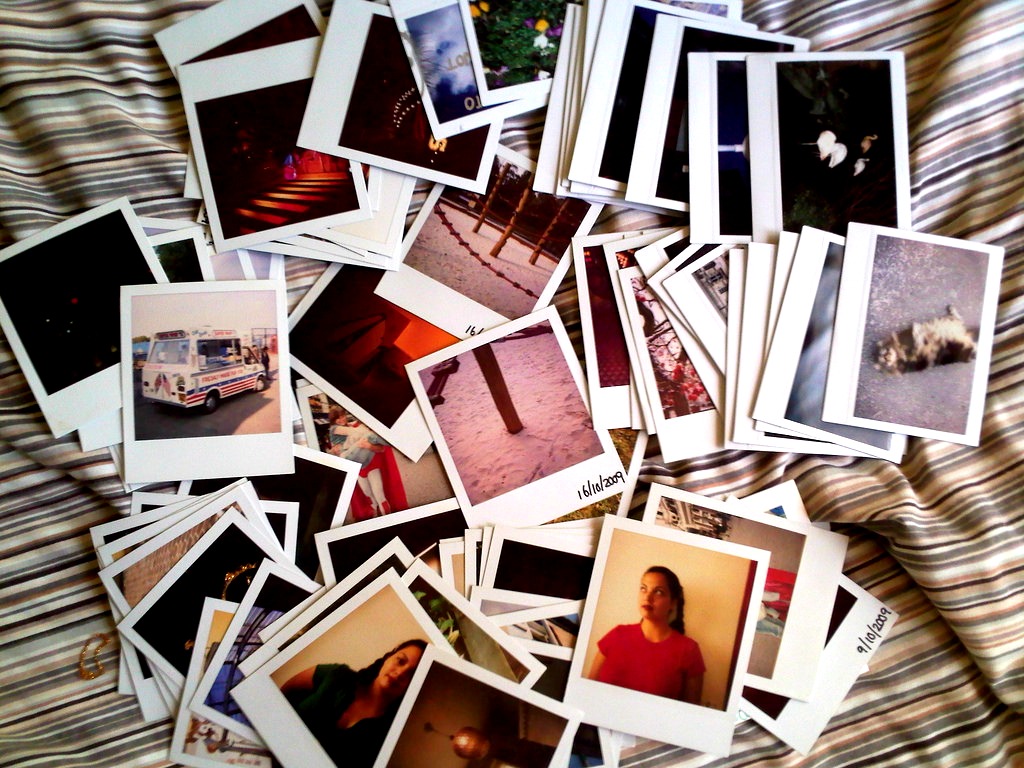Today’s travellers are the primary storytellers of the destinations they visit. For this reason, destinations and their tourism businesses need to focus on product as the starting point for both owned and earned promotion. Experiences and products that are socialgenic by design will cause “a connection and an exchange between two or more people” by creating a win-win scenario: a more valuable experience for the visitor and more word of mouth promotion for the destination.
A socialgenic cocktail has several key ingredients, including rituals, landmarks, infrastructure and mementos. The example below shows how a meaningful memento can make a difference.
What is a memento?
A memento is an object or item that serves to remind someone of a past event. In the modern sense, this can be either physical or digital.
Guests acquire mementos as part of a socialgenic experience with a business or destination. Better yet, the visitor can create the memento within the experience. Either of these scenarios are far more powerful than the commonly expected exit through the gift shop to buy a t-shirt or bumper sticker. Since successful experiences are frequently promoted by word of mouth, why not provide a tangible and talk-worthy cue to your guests?
Here’s how one winery builds mementos into the experience
Dirty Laundry, a Canadian winery near Kelowna, British Columbia, provides a great example to illustrate how a memento can augment an experience for both the operator and the guest. Aside from building their brand around an exceptional origin story (as a laundry-cum-speakeasy), Dirty Laundry also leaves every guest with the perfect memento of their visit – a clothes pin.
Here are some of the principles behind a successful memento:
1) Mementos can be easily and credibly added to your experience if they address an operational need or solve a problem along the guest’s journey.
At Dirty Laundry, there is a legal need to identify who has already received a product sample. Enter the clothespin. Rather than using a stamp that would be washed off and forgotten forever, the clothespin is a non-perishable way to keep track of sampling. In a similar vein, other operators might consider whether their parking tags, room cards or maps can be made into a momento.
2) Mementos are a trigger for your brand story
 Dirty Laundry visitors often continue on to visit other area wineries, wearing the pin as a badge of honour on their lapel, collar or hemline. Not surprisingly, they are frequently asked, “What’s that on your shirt? …And where did you get it?” This way, the story travels with them.
Dirty Laundry visitors often continue on to visit other area wineries, wearing the pin as a badge of honour on their lapel, collar or hemline. Not surprisingly, they are frequently asked, “What’s that on your shirt? …And where did you get it?” This way, the story travels with them.
3) Dirty Laundry’s memento also hits the following notes:
- Novelty: The clothespin is an unexpected and charming part of the experience.
- Practicality/usefulness: The clothespin will likely have a long shelf life with the guests seeing later use organizing receipts or sealing up bags of crispy, wine-worthy snacks.
- Branding is “baked in”: A simple ink stamp imprints the Dirty Laundry name on the memento and in the minds of the recipients.
- Affordability: The clothespin only costs a few cents and some creativity.
This simple memento is just a tiny part of the Dirty Laundry experience, but providing every guest with a visible and tangible brand cue creates a valuable cumulative effect on word of mouth and potential ROI. Dirty Laundry is well on their way to making their guests their best marketers by designing remarkable, shareable experiences.
Future articles will examine other ingredients (including rituals, landmarks and infrastructure) tourism operators can use to build socialgenic elements that improve peer-to-peer promotion for their destinations and make their experiences memorable by design.
Featured image credit: Louise McLaren, Flickr










Trevor – couldn’t agree more, and the Dirty Laundry example is a brilliantly simple solution to one of the more interesting marketing challenges today, that of encouraging (and creating ways ways for) visitors to share their experience with you. When I was at San Francisco, we solved it in a different way, and created a store in our visitor center exclusively featuring products manufactured in San Francisco. Deliberately not wanting to go the shot glass/key chain route, we selected products that had great stories, so that when gifted back at home, it would engender the question, “Where did you get this, it’s so cool?” and prompt the answer “I got it on my trip to San Francisco, it was made there in this very cool little factory we ended up getting a tour of by the owner.” They were great mementos.
Matt, thanks for letting me know about how mementos can carry a destination’s story even if they are paid souvenirs or gifts as long as they are strategically selected to be “remarkable”. Do you have a link to an online store with the same products? I could see an exceptional extension where each item was matched to a historic or contemporary person or place in San Francisco and making sure that narrative was included on the item tag etc. Thanks for reading DestinationThink.com.